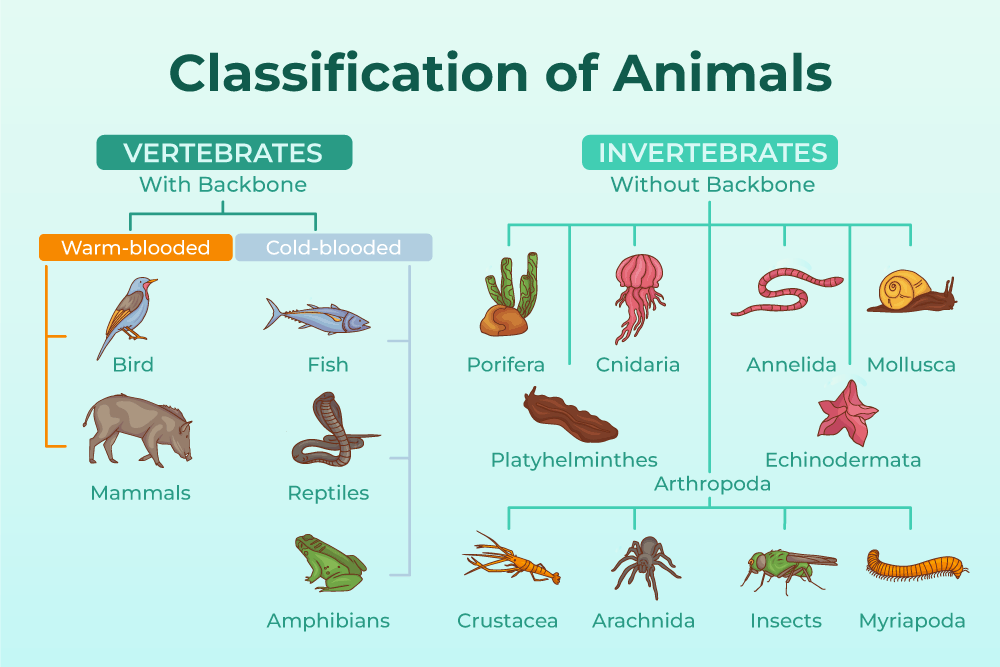From early naturalists to Charles Darwin, many tried to observe the animals and list out how many different types exist and the relationship between them.
Still, it was long and tiring because the unknown animals kept coming no matter how many they listed out.
So, the scientists have decided to divide and list animals into animal classes. Since then, the distinction has been relatively easy regardless of the newfound unknown animals.
Now, we can identify which class these unknown animals belong to because of this classification.
Different Animal Classes in the World
Well, there are different classes that we can name to get deeper into zoological studies.
But we can divide the animal classes into two types for a more straightforward understanding.
The simple and basic classification among animals divides them by what is common. Backbone is common among animals.
So, we can safely divide two classes: one type of animal that does not have backbones and one with backbones.
Those with backbones are labeled as vertebrates, and those who do not have backbones are labeled as invertebrates.
To be more specific and straightforward, an animal with a spinal cord is a vertebrate.
Spiders and other insects; remember how they are so flexible? Because they do not have a bone in the back. They are invertebrates.
A straightforward example for a vertebrate is none other than you!
The classification does not end with vertebrates and invertebrates, but this is the highest classification order.
Going further, there are many animal classes in vertebrates and invertebrates.
Like how vertebrates are differentiated from invertebrates, deep classifications are put together and separated because of common and uncommon attributes.
Let us first dig deep into vertebrates.
1. Vertebrates
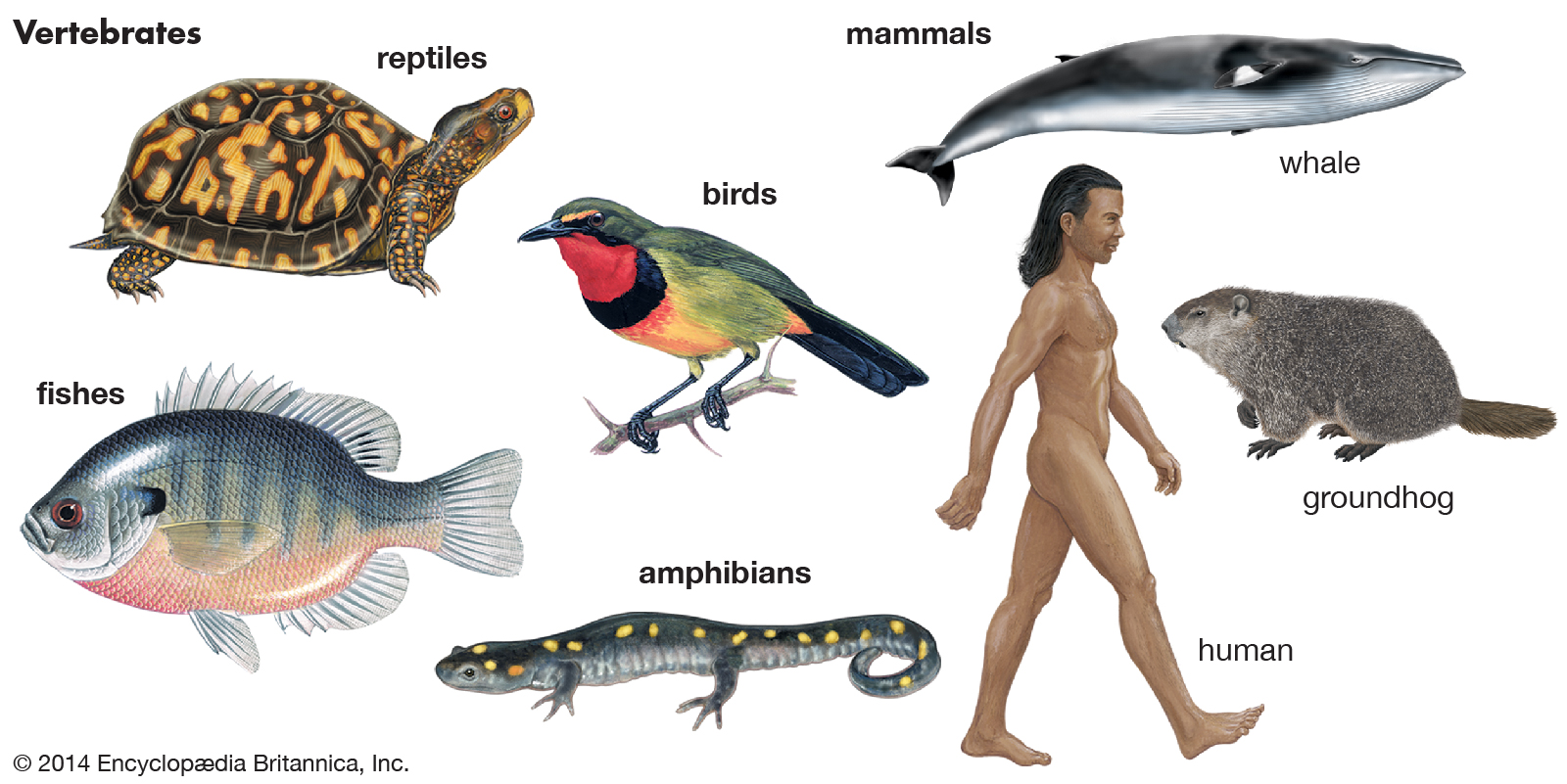
We already had a previous understanding that vertebrates are put together in a class because of their common attribute of having a backbone.
Vertebrates are called the most significant living animals because of their adaptive immune system.
Their skeleton is so that they are adaptive and fit to survive in different environmental conditions.
Many amphibians are vertebrates and animals that can live on both land and water. There are five general classes of invertebrates.
2. Fishes
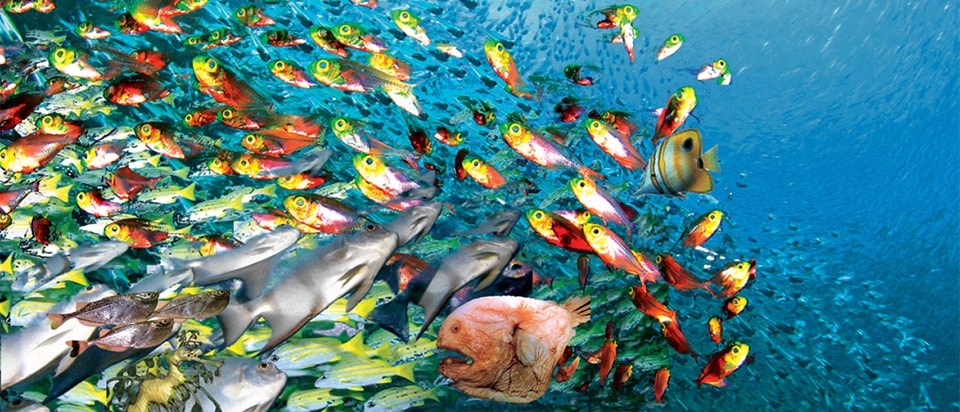
To put it simply, fishes are animals that live underwater. But again, not every living thing that is underwater is a fish.
As discussed earlier, the classes are common using common attributes and are separated because of different attributes.
The commonalities here in classes are their skeletal structure and their bodies.
Fishes have gills and lack limbs. Fishes need water, and that too in the right temperature to survive. Thus, they are called aquatic animals.
They are called cold-blooded animals and need the right temperature underwater to survive.
They have fins instead of limbs, gills instead of lungs, and scales instead of skin.
They move in water to maintain their body temperature and their cold-blooded nature.
They can be found anywhere, from most miniature ponds to the largest oceans. They exist everywhere.
Thus, they are called the most significant living aquatic animals. Fish can breathe air, too; we can see some fish jumping up above the surface level to do that.
But their primary source of oxygen is their gills. They take in oxygen from water. Gills are unique to aquatic animals, and there are several aquatic animals other than fish.
Let alone other creatures that fish, only fishes have more than 30,000 species in them.
When we read fish, we assume cute little Nemo was swimming across, but the fun fact is that even Sharks belong to the fish class.
However, another fun fact is that even though a whale is an aquatic creature, it is a mammal. And whales have lungs, and they need air to get oxygen.
Hence, we cannot just classify all the aquatic creatures into fish. Gills are the main difference between fish and other aquatic creatures.
3. Mammals
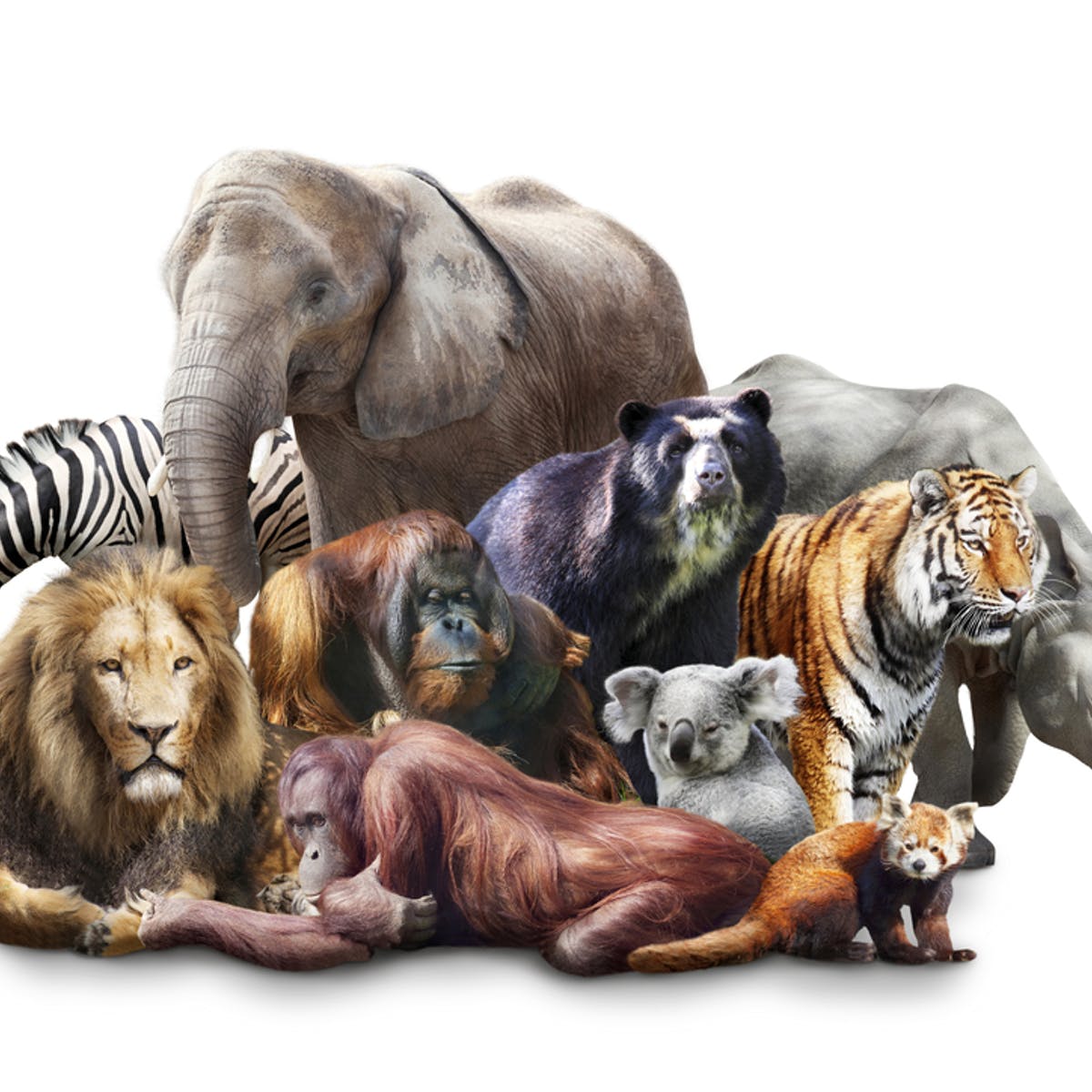
We have learned that a Whale is not a fish but a mammal. But what is a mammal? Why is a whale, not a fish? This class is called Mammalia.
The expected attribute that all mammals share is drinking the milk of the mother. The glands that generate this milk are called mammary glands.
And every animal that has mammary glands. Another broad commonality is that mammals do not lay eggs.
However, there are two or three mammals that do lay eggs but also have mammary glands.
Thus, milk and mammary glands are the best commonalities to classify this category rather than reproduction.
Usually, most mammals are hot-blooded, unlike fish. Thus, they live in hotter temperatures, i.e., on land. But Whales and a few other aquatic mammals are an exception.
Whales feed their young milk till they reach a particular stage of growth.
A direct example of a mammal is a human and another ape. We can see many mammals around us: cats, dogs, cows, horses, and donkeys.
But unlike fish, mammals do not need to maintain their body temperature constantly.
Warm-blooded mammals have a wider acceptance of environmental conditions and temperature. For example, wolves and mastiffs live comfortably in the snow.
Mammal’s hot blood gives them the adaptability to survive in environments of different temperatures.
The fun fact is that not only Whales but even Dolphins are mammals! Yes, dolphins feed their young ones their milk.
In most mammals, it is the female of the species that produces milk.
It is easy to spot mammals because of the bony structure, too. But we cannot use this as a basis to generalize all mammals.
But we can generalize most of the mammals as the primary standard features other than feeding milk are legs, fur/ hair, milk, does not lay eggs.
But again, this is the easy way to spot most mammals. However, exceptions exist, such as Platypus, Whales, and other aquatic beings.
4. Birds

Birds can be generalized as vertebrates that can fly. Birds lay eggs, and most of them fly. You can spot a bird just by looking at it. How, may you ask?
It is because of the most significant common factor: the feathers! It is only birds that have feathers.
Other than these, all the birds have beaks, wings, and claws. One knows and has no difficulty labeling other animals in this class.
Birds have more than 15,000 species and are pretty diverse. Only birds that do not look like birds are penguins.
They belong to the class penguins but do not give you the automatic attribute of a bird when looked at.
And Kiwi birds cannot fly either. So, flying here is just a most common attribute but not the one that implies all the animals in this class.
One significant difference between birds and mammals is that birds do not produce milk for their young.
Birds, like hens, act as a nutrient source for mammals, especially humans. Humans find hens tasty and protein-rich food.
Birds, unlike mammals, do not have teeth. It is their beak that helps them catch insects and feed themselves.
They have one of the most light-weighted skeletons but have a complex heart of four chambers.
Even the metabolism of birds is rapidly faster than any other animal. Their eggs are considered a valuable source of food, too.
The tallest bird is an Ostrich. Though quite big, they have feathers, produce eggs, and, most importantly, lay eggs!
The fun fact is that there are studies of fossils that claim that modern-day birds are descendants of early dinosaurs.
A chicken is the most recent common descendant of dinosaurs. Once apex predator now is the best food available.
5. Amphibians
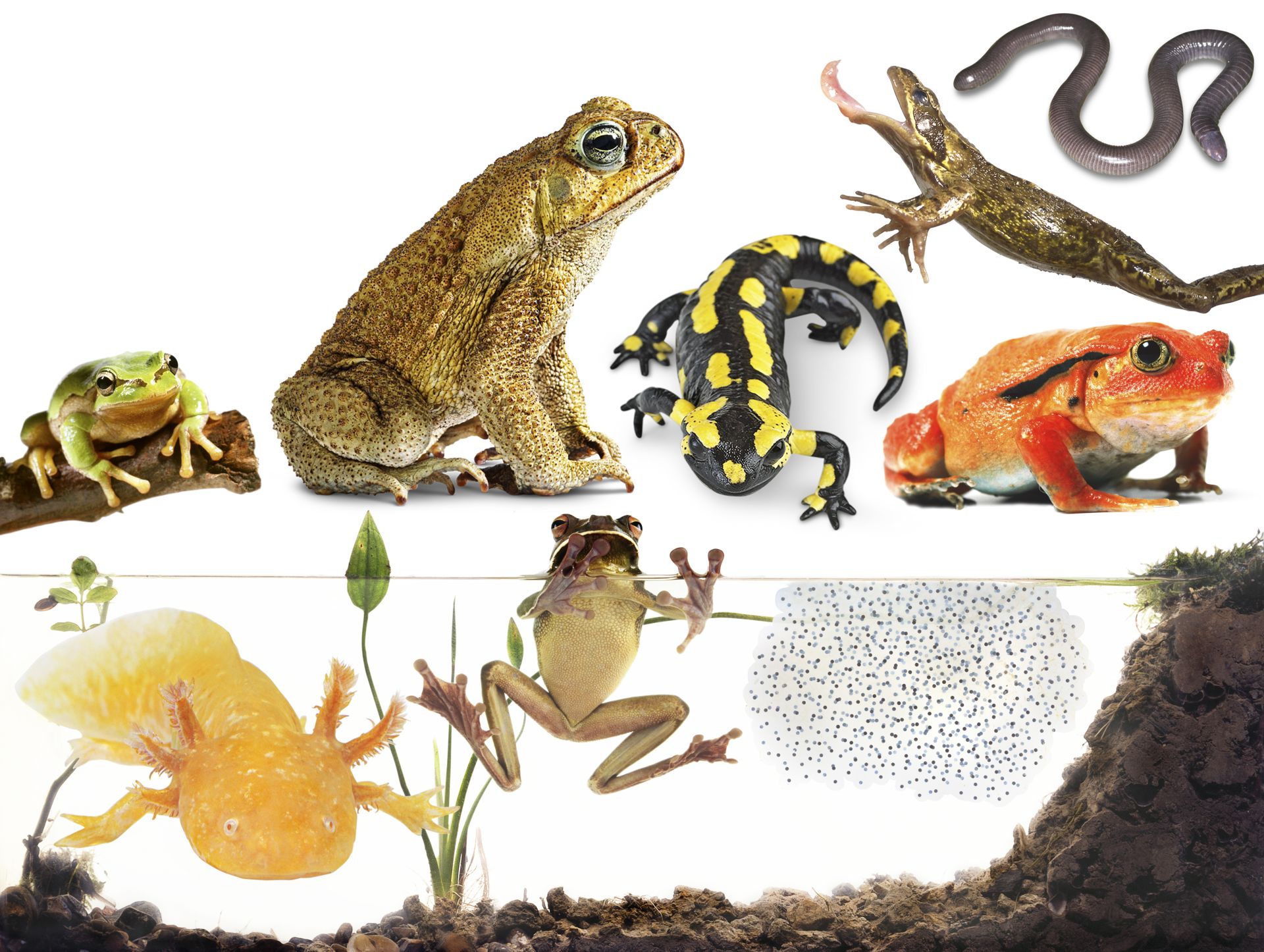
We had come across amphibians earlier when we were talking about aquatic animals. That is because amphibians can live both in water and on land.
This class of animals is called Amphibia. The direct animal that strikes us when we think about land and water is a frog!
You can see frogs having fun in the water and on land.
But other animal species belong to amphibians. But frogs occupy more popularity. There are around 4000 species classified under amphibians as of now.
Amphibians and the very name of the class have a more poetic background than biological.
The title Amphibia is a poetic and symbolic representation of living a dual life.
And that is the exact name for these little creatures because they live on water and the land.
We might also think about Seals that lie around the shores and live in water and land. But no, they are not amphibians. They are mammals.
That is because of the presence of mammary glands and more common attributes to Mammalia than Amphibia.
This indicates that Amphibia, the name might suggest a dual life, but the dual nature is not the only common attribute used to classify these animals.
Amphibians have specific attributes of mammals and fishes, but they do not have mammary glands.
They, too, like fish, lay eggs. And the fun fact here is they lay eggs on water. Do you remember seeing little black tadpoles in the water?
Many confuse frog tadpoles that swim around in the water as fish tadpoles.
This tadpole can only live inside the water and come to dry land after its tail transforms into legs.
The difference between fishes and amphibians, again, is the scales! Amphibians do not have scales, whereas fish have scales.
The skin of the Amphibia is dry and surprisingly not wet. And they are not warm-blooded, so they still need water to live around.
Also, they have both lungs and gills.
6. Reptiles
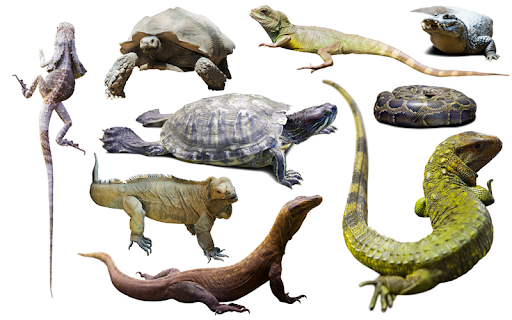
It might be a shock for many to know that reptiles are vertebrates! Whenever we listen to the word reptile, we think of a lizard.
And we see that Lizards are so flexible and soft.
It is not logical to assume a backbone just by seeing a Lizard. But even they have backbones and thus fall under vertebrates in animal classes.
Imagine all the animals you think that look like a Lizard’s cousin; they all belong to the class of reptiles!
When you pictured a cousin of a Lizard, you would have thought about garden lizards, iguanas, crocodiles, and alligators; yes, they are all reptiles, no matter how big.
Crocodiles live in both water and land, but they are not amphibians.
And that is because they are closer to the reptile class than Amphibia. And what are these commonalities, if you ask?
The primary attribute that puts all the reptiles in one class is that they lay eggs in an enclosed protective sac. This sac consists of several eggs.
Fun fact: turtles and tortoises that do not look anywhere related to lizards are reptiles!
One thing here is that the body of a turtle is encased with a shell, but again, the shell is a part of the body.
Reptiles are cold-blooded animals and can only live in conditional environments and specific temperatures.
These reptiles have scales, too, but not like the scales of fishes.
You can see the hard rocky scales on alligators and small shiny scales on snakes.
In this way, you can even say that the turtle scales are its horns and rocky shell parts.
Reptiles have a relatively low metabolism, and this causes them to stay in a single area for long hours to store and preserve their energy.
You can see lizards and snakes waiting at the same spot for hours.
Many reptiles like to live in water but are not amphibians because they neither have gills nor lungs.
7. Invertebrates

A simple thing to say is that what is not a vertebrate is an invertebrate.
But as we go deep into classifications, let us explain these types of animal classes again. Invertebrates do not have a spinal column.
This spinal column or backbone is the primary skeletal structure seen in invertebrates. For vertebrates, backbones are the support system for their entire body.
Imagine a human without a spine; he/she would not stand because the backbone supports the entire skeletal structure.
But again, looking at the invertebrates, we can say that this rule of backbone only exists for humans.
There exist animals that do not have backbones and can have their advantages in life. Invertebrates occupy as much as the population of vertebrates.
You can think of many insects which fall into the invertebrate category.
Put, imagine squishy things; snails, squids, worms, and many others are direct examples of invertebrates.
You can tell by the look of these animal classes that they do not have a backbone.
Again, several classes are divided into invertebrates because not having a backbone is a far broad class to differentiate.
In the usual sense, we do not call insects as animals at all.
That is because of the preconceived notion that all animals have backbones. Invertebrates lack a backbone and do not give the feel of our preconceived notions.
8. Arthropods
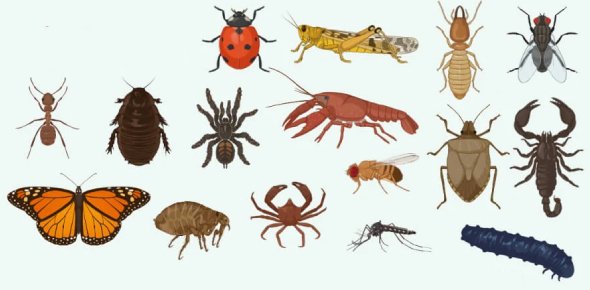
Arthropods are the largest populated and most popular invertebrates found almost everywhere. Spiders are arthropods.
The name arthropod, too, is poetic but symbolizes the species’ common attribute. That is that all the animals that belong to this class have multiple legs, all joint.
Imagine a multi-legged creature other than a spider. What do you see? A crab? Because a crab is an arthropod, too.
Arthropods are the greatest in population, as said earlier in all the living animals. Their dense population makes them easy to find.
This easy availability makes them food for many animals.
Humans, too, take arthropods as a source of their food because it is directly available almost everywhere. Many arthropods live in water, too.
9. Miscellaneous: Anthropods, Caterpillars, and Earthworms
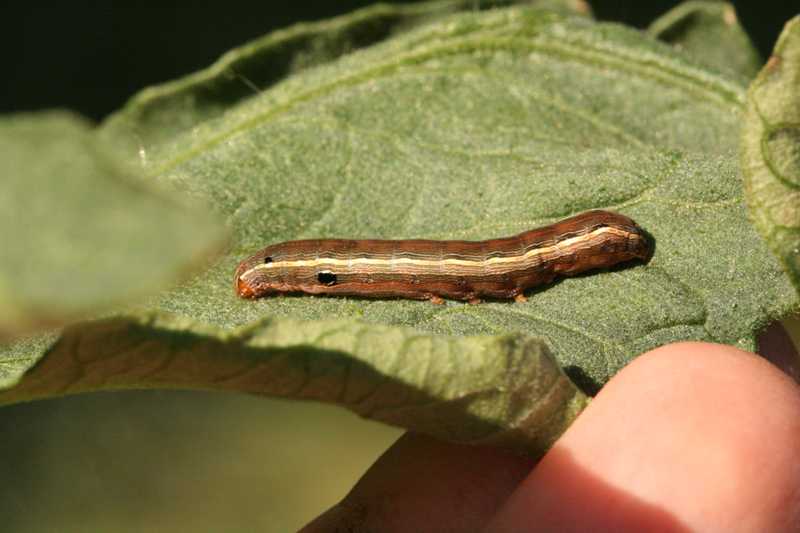
There are several other invertebrates, but Arthropods are the only primary ones to know about. Humans also call many invertebrates pests.
Wasps, termites, bugs, ants, and many other such bugs are usually nuisances for human lives.
We tend to naturally hate them and exterminate them because they are harmful and destroy our sources of food.
It is only ideal for exterminating such ‘pests’ for the well-being and survival of our species.
But some insects help build our ecosystem. Some bees carry seeds and drop them elsewhere for the plants to grow.
Without bees, plants’ growth is reduced by more than half, and the rate of oxygen decreases.
We need bees as much as we need oxygen. Our ecosystem is linked with the behavior of bees. And that is why many humans raise and observe bees for natural purposes.
This is called beekeeping, and with legal permissions, you can be a beekeeper, too.
The most favorite invertebrates to humans are none other than caterpillars. We all like to play with the cute caterpillars on leaves.
Even if some of us do not like caterpillars, no one says butterflies are not beautiful.
These caterpillars transform into beautiful butterflies and contribute a lot to the pollination of seeds, too.
They, too, like bees, carry the pollen grain and help the seeds grow into plants.
No matter how much we hate worms and bugs, they are essential for our ecosystem, too. Not all worms are as harmful as ringworms.
Earthworms make the soil fertile for many plants to grow. Using earthworms to fertilize the grounds has always been a practical and most used treatment.
Some bugs eat other bugs that destroy plants.
This proves that regardless of our preconceived notion or hatred towards the invertebrates, they are animals too and are as essential as any other animal.
Conclusion
As we can see that these are the different animal classes and different species in them that fall into different categories.
Even though all the classes, species, and categories are different, certain groups have some commonality.
Sometimes, there are even common attributes in both animal classes.
That only proves that all these different animals of different classes had one super-class where every animal was one!
And that is true; it is called the evolution of life as devised by Charles Darwin.
There are still many animals that exist, and we still have not acknowledged them.
There is a place called the Mariana Trench, which is the deepest ocean on earth.
Deep down in the trench, many aquatic animals live without the need for light as a source of their energy.
This proves that our classifications might fit, but there might be other classes per scientific studies.
Maybe there is something other than vertebrates and invertebrates, which we still do not know.
But science is advancing, and humans are growing toward scientific advancements, too.
It is only safe to assume that one day, we will finally be able to record all the animal classes in our world.

